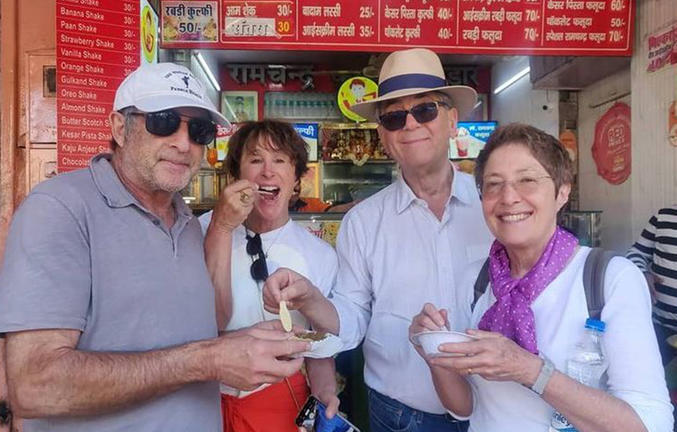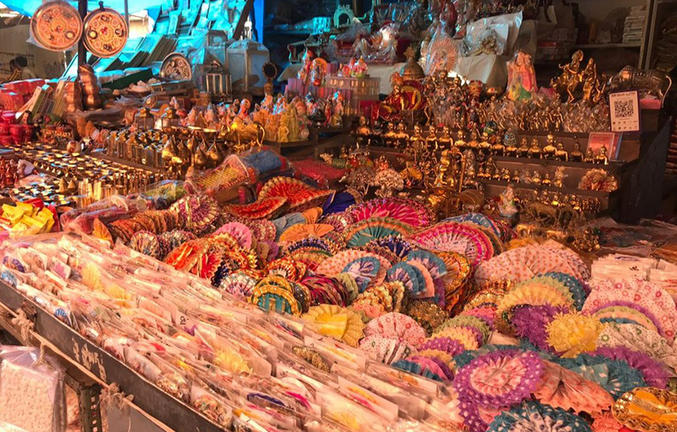Overview
Maharaja Swai Jai Singh in 1727 decided to shift the bastion of the Kachwaha rulers from Amber because he felt the need for a bigger more spacious capital. For the designing of the new capital, he roped in Bengali architect Vidhyadhar Chakravorty. The auspicious beginning of the new capital was formalized with architectural mores conceived from ancient Vedic tenets. The blueprint of the city divided the new capital into nine blocks (chaupars/chowkries) and featured wide and straight streets. The entire setting was fortified by a formidable wall. The new city had a dedicated block for the palace with temples, gardens and other royal buildings; a separate block for courtiers; another for the chiefs of the state’s divisions; yet another for Jain and Hindu businessmen and other officials; merchants shared space in one area with artistes; and temples and havelis built by royalty congregated in another space. There was space allocated for the residences of the general populace; the bazaars were laid with streets for different crafts and commercial activity. So even today it’s quite easy to navigate one’s way around what is now the 'old city'.
Your tour through busy market space and eat street holds the promise of a lively interactive experience with the Jaipur of yesteryears in the very best way.
Why you will love it
●Bangle-making demonstration by a local artisan
●Checking out the wedding market of Jaipur
●Experience the local street food of Jaipur with delicious Indian sweets

